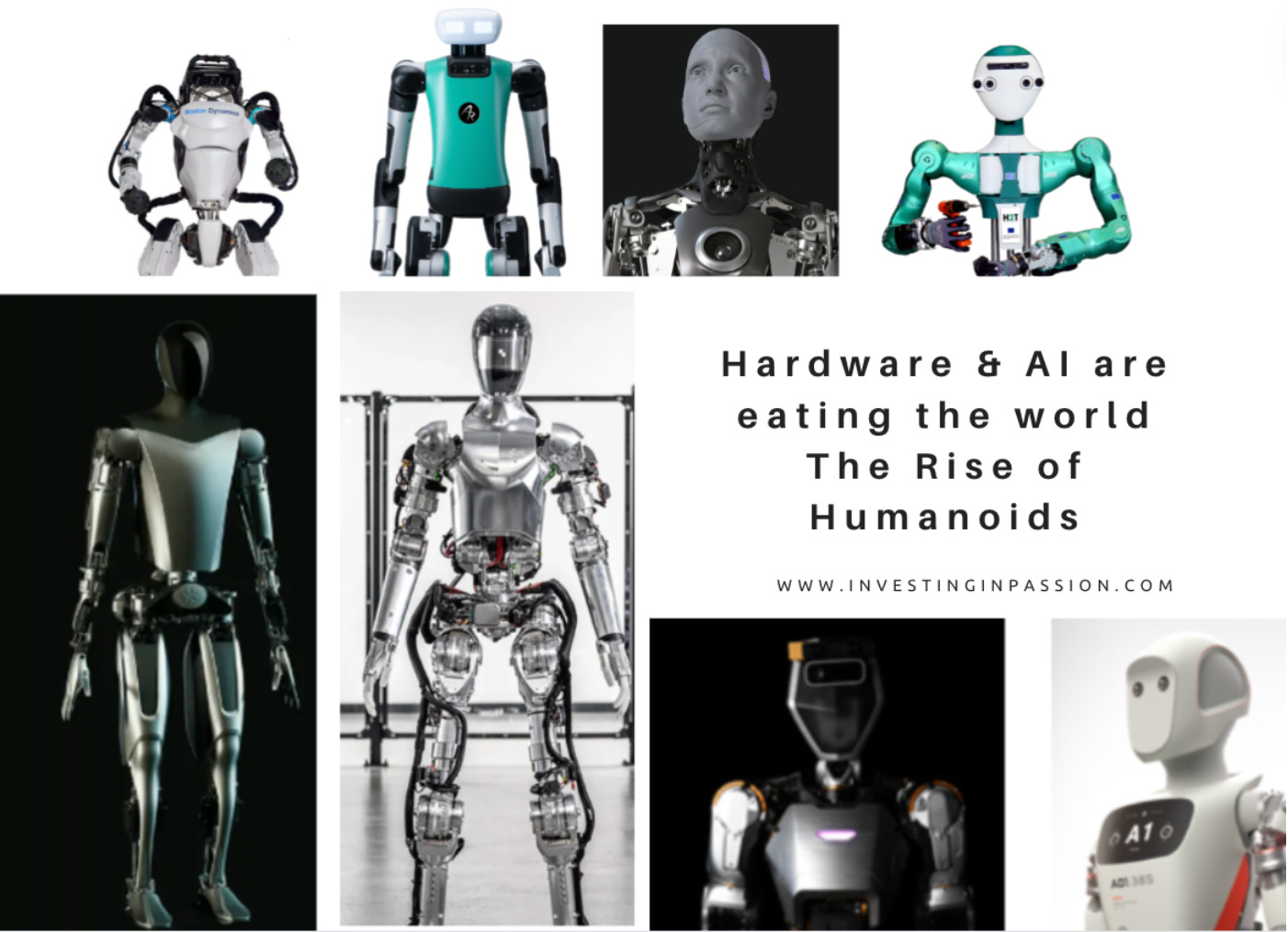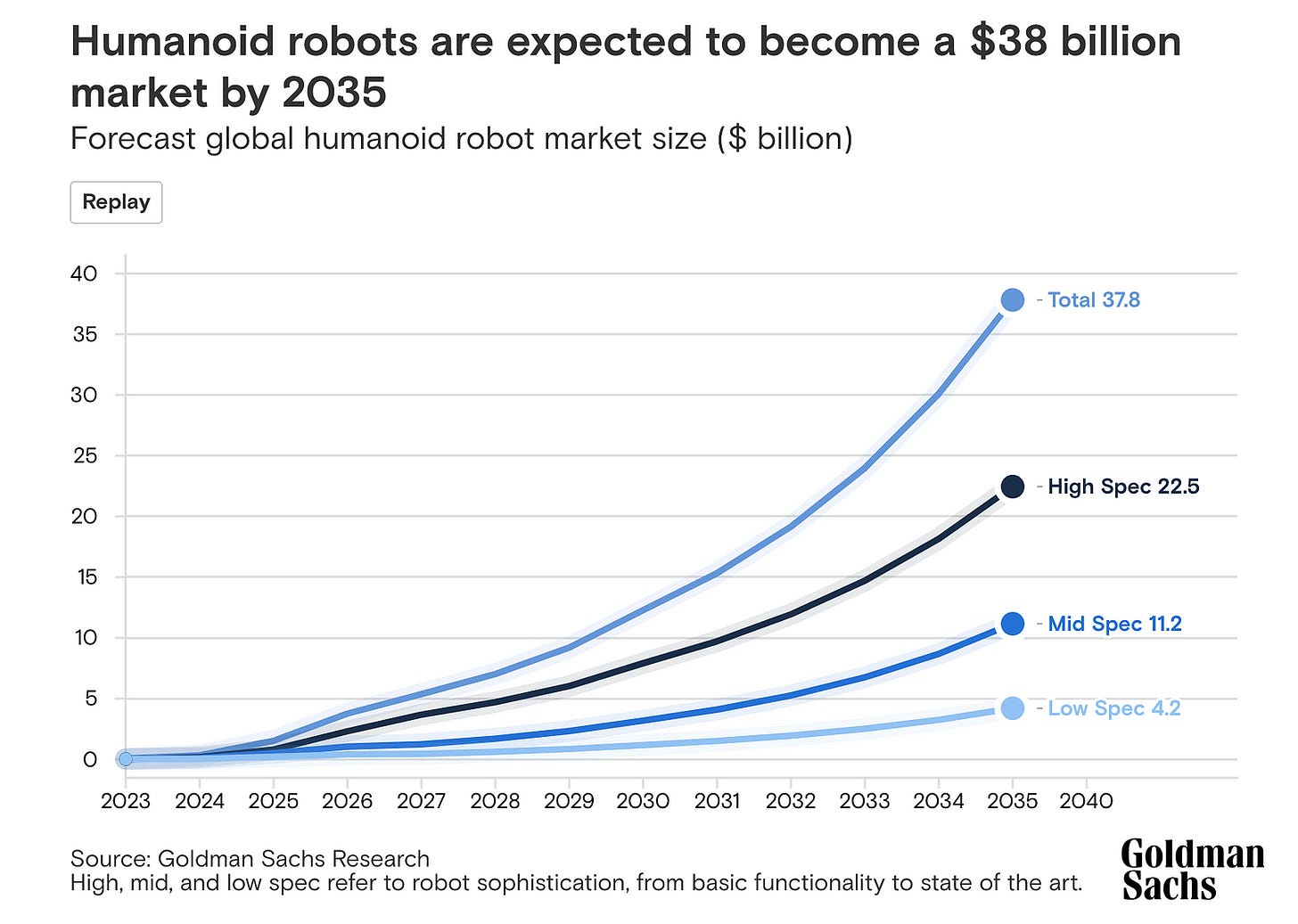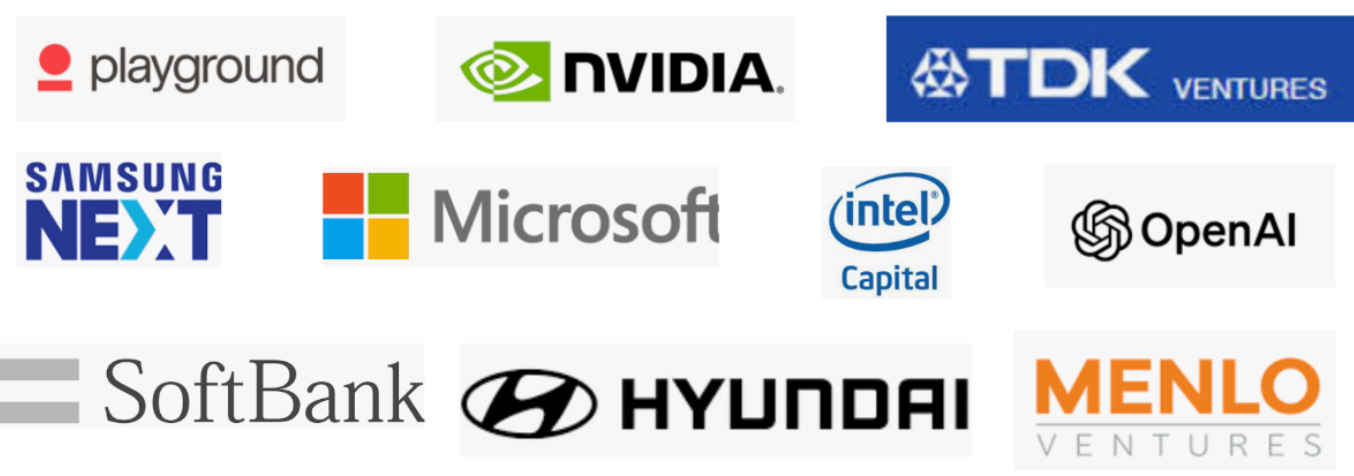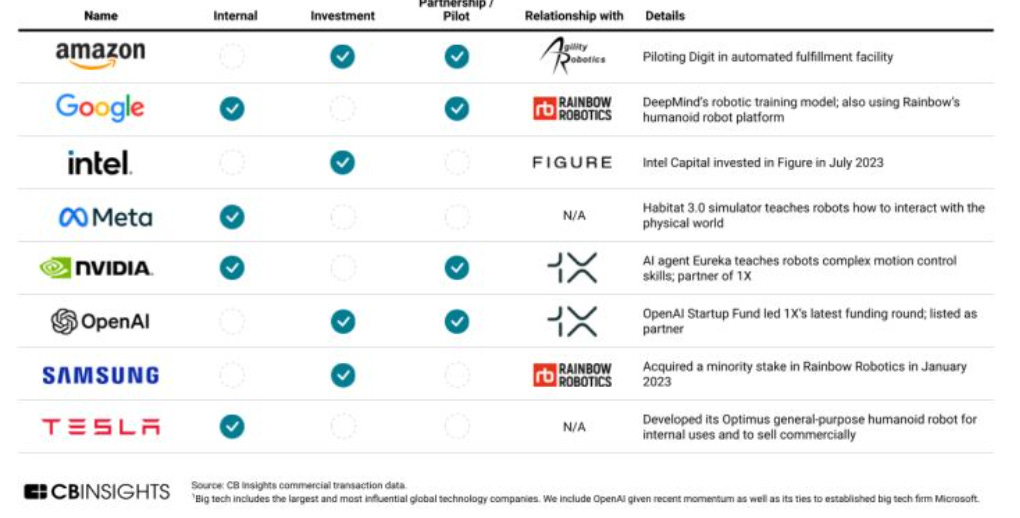In the ever-evolving landscape of technology, two titans — Hardware & AI — are reshaping our world with remarkable speed and creativity. At the forefront of this revolution is the rise of humanoid robots, an area witnessing significant advancements and collaborations that promise to redefine our future. The evolution of humanoid robots, a thrilling intersection of these domains, is not just an idea out of science fiction anymore; it’s rapidly becoming a part of our reality. Several companies are contributing unique advancements and pushing the boundaries of what’s possible.
Is there a market for it? 📈
Humanoid robots are cutting-edge creations that mimic human motions and actions to perform various tasks. The market for humanoid robots is rapidly growing, with a value projected to increase from $1.8 billion in 2023 to over $38 billion by 2035, according to Goldman Sachs.
Why do we need humanoids? 🤷🏻♀️
There are several compelling reasons why advanced humanoid robots are needed in society and industry:
1⃣Labor Shortages. Many countries are experiencing severe labor shortages in essential sectors like manufacturing, healthcare, construction, agriculture, and logistics. Humanoid robots can help fill these gaps by automating tasks humans currently perform. With aging populations in many nations, humanoids can also supplement declining workforces.
2⃣Dangerous Jobs. According to the U.S. Bureau of Labor Statistics, nearly 3 million nonfatal workplace injuries and illnesses were reported in the U.S. in 2020. Over 4,700 fatal work injuries also occurred. Humanoid robots can take on high-risk jobs to prevent human injury and death. Sectors like mining, oil and gas, construction, and heavy industry are prime candidates for humanoid adoption.
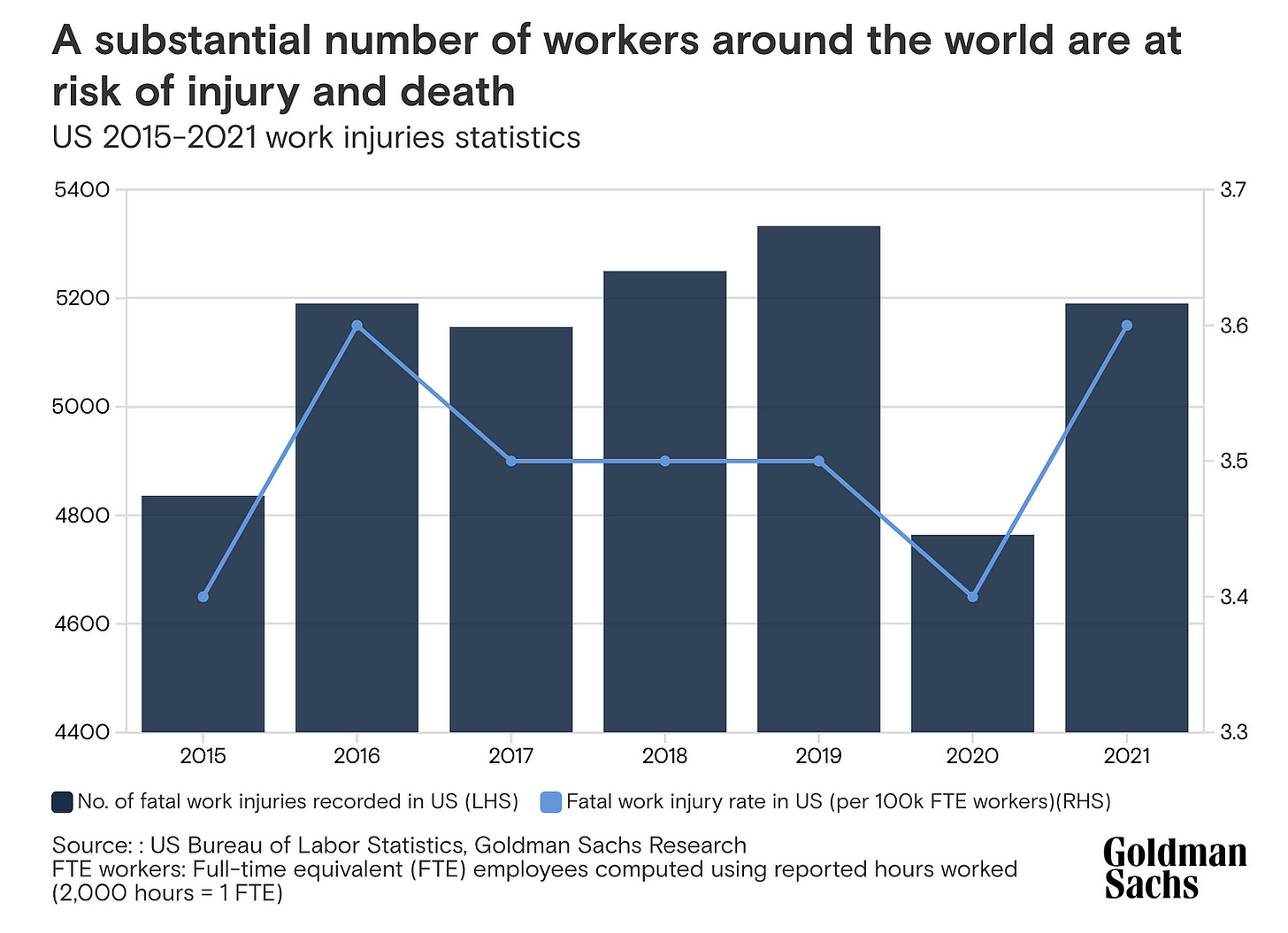
3⃣Enhanced Capabilities. Humanoids possess capabilities surpassing humans in strength, endurance, precision, and ability to operate in hazardous environments. Their advanced sensing and dexterity allow delicate manipulation beyond human ability. These attributes make them ideal for critical use cases.
4⃣Economic Impact. Widespread adoption of humanoids driving large productivity and efficiency gains could add trillions to global economic output. Accenture estimates intelligent automation including humanoids could boost developed economies by $2 trillion by 2035. The scalable impact of robotic labor necessitates its development.
Humanoids have immense potential to take over strenuous, unsafe, and repetitive jobs from human workers; enhance industries with superhuman capabilities; address labor shortages; and drive major economic expansion. Advancing humanoid technology responsibly is thus a high priority.
Who is leading the race? 🤖
Leading the charge are companies like Atlas / Boston Dynamics, whose Atlas and Spot robots have captivated the public with their agility and versatility. Their development underscores the immense potential of combining sophisticated hardware with advanced AI algorithms.
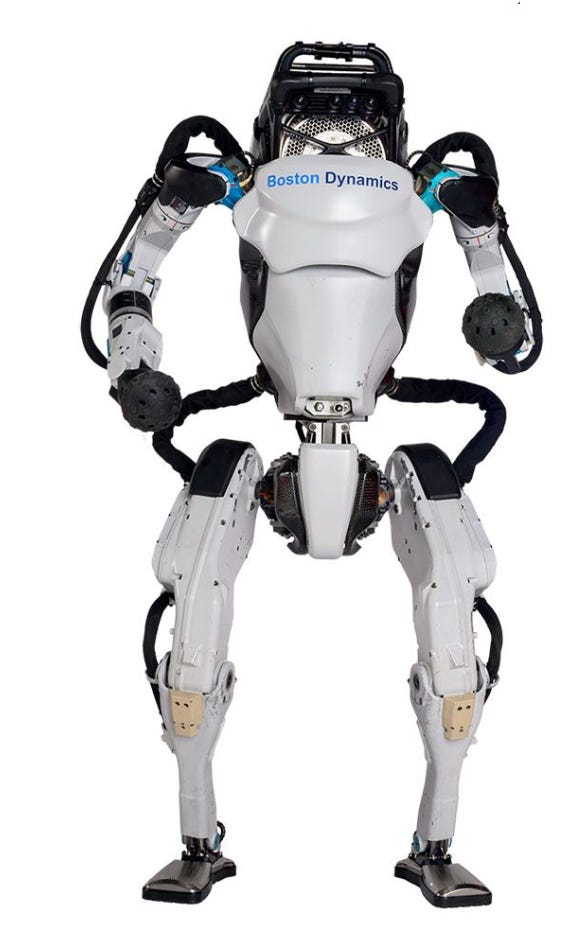
Another major player, SoftBank Robotics, is known for Pepper (works in educational and healthcare settings, with the ability to recognize and respond to human emotions, demonstrating versatility in public interaction roles) and NAO, also designed for social interaction, demonstrating the sector’s shift towards human-centric applications.
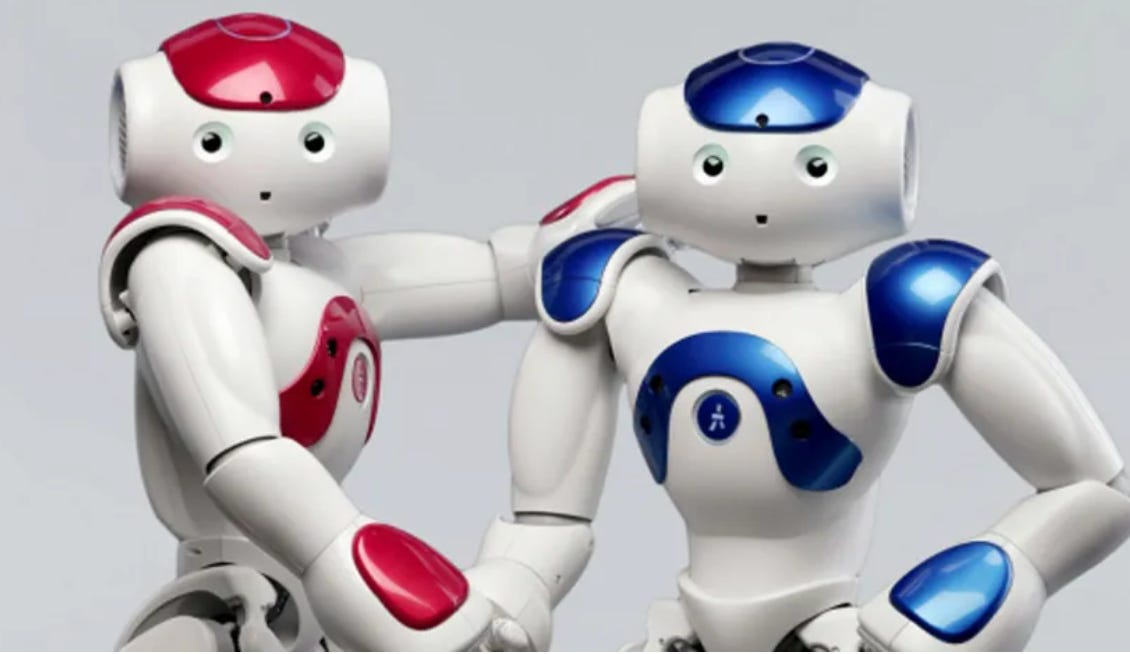
In the realm of partnerships, Tesla’s Elon Musk has teased the development of the Tesla Bot, envisioned to handle repetitive tasks, showcasing the automotive giant’s entry into robotics. This move signifies the broadening scope of companies investing in the intersection of AI and robotics.
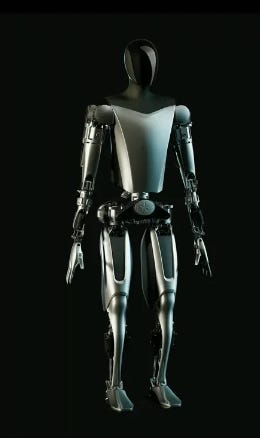
Only one-year improvement in the walking speed of the Tesla Optimus robot is unbelievable!
Apptronik is known for its versatile robot Apollo designed to work alongside humans, enhancing productivity and safety. Their focus on creating humanoid robots that can perform a variety of tasks in different environments has garnered attention from major industry players and investors looking for the next big thing in robotics.

Phoenix / Sanctuary AI aims to create what they call “general-purpose” humanoid robots. Their ambition is to develop robots capable of performing tasks across various sectors, including healthcare and manufacturing, with a high degree of dexterity and human-like decision-making abilities. Their progress in creating human-like robots has attracted partnerships and investments from firms betting on cutting-edge AI applications.
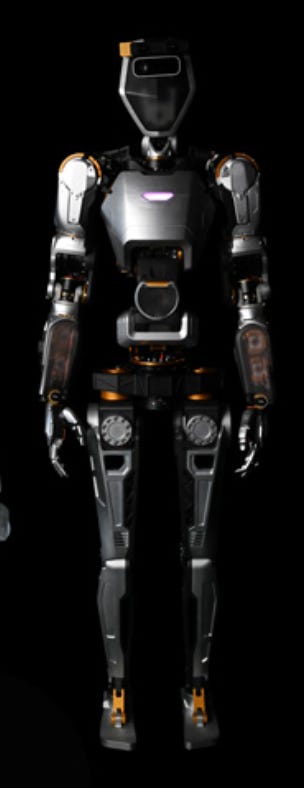
Figure AI is another standout, leveraging AI to revolutionize logistics and supply chain management with its robotic solutions. Their approach combines advanced robotics with AI-driven insights to optimize warehouse operations, demonstrating the practical, immediate benefits of humanoid robots in commercial settings.
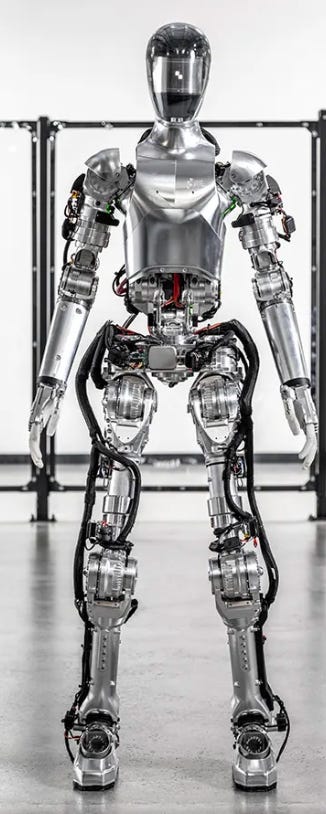
Agility Robotics and its Digit, bipedal robots, focus on mobility and the ability to navigate complex, real-world environments. Their robots are designed to perform a range of tasks, from delivery to disaster recovery, showcasing the potential of robots to assist in areas previously considered too challenging for automation. Already capable of unloading trailers and moving packages, Digit is poised to take on even more tedious tasks. With fully functioning limbs, Digit is able to crouch and squat to pick up objects, adjusting its center of gravity depending on size and weight, while surface plane-reading sensors help it find the most efficient path and circumvent whatever’s in its way.
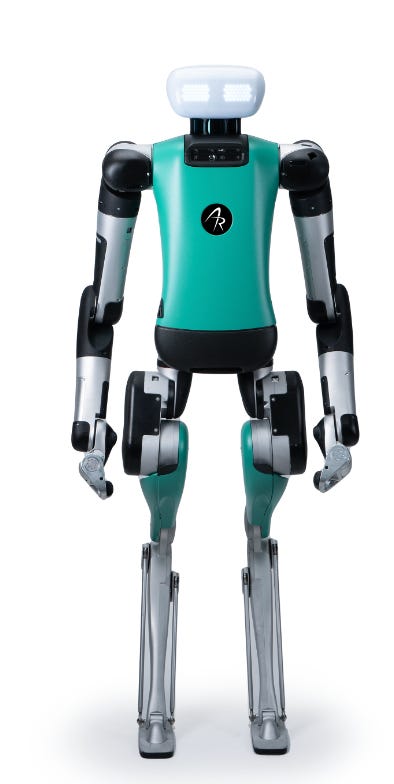
Engineered Arts’ Ameca stands as their most advanced humanoid robot, serving as a platform for testing AI and machine learning systems. It boasts room-wide movement tracking, alongside facial and voice recognition, allowing for natural human interactions and emotion detection. RoboThespian, another creation by Engineered Arts, offers telepresence capabilities and nuanced expressions, engaging audiences at venues like the Kennedy Space Center.
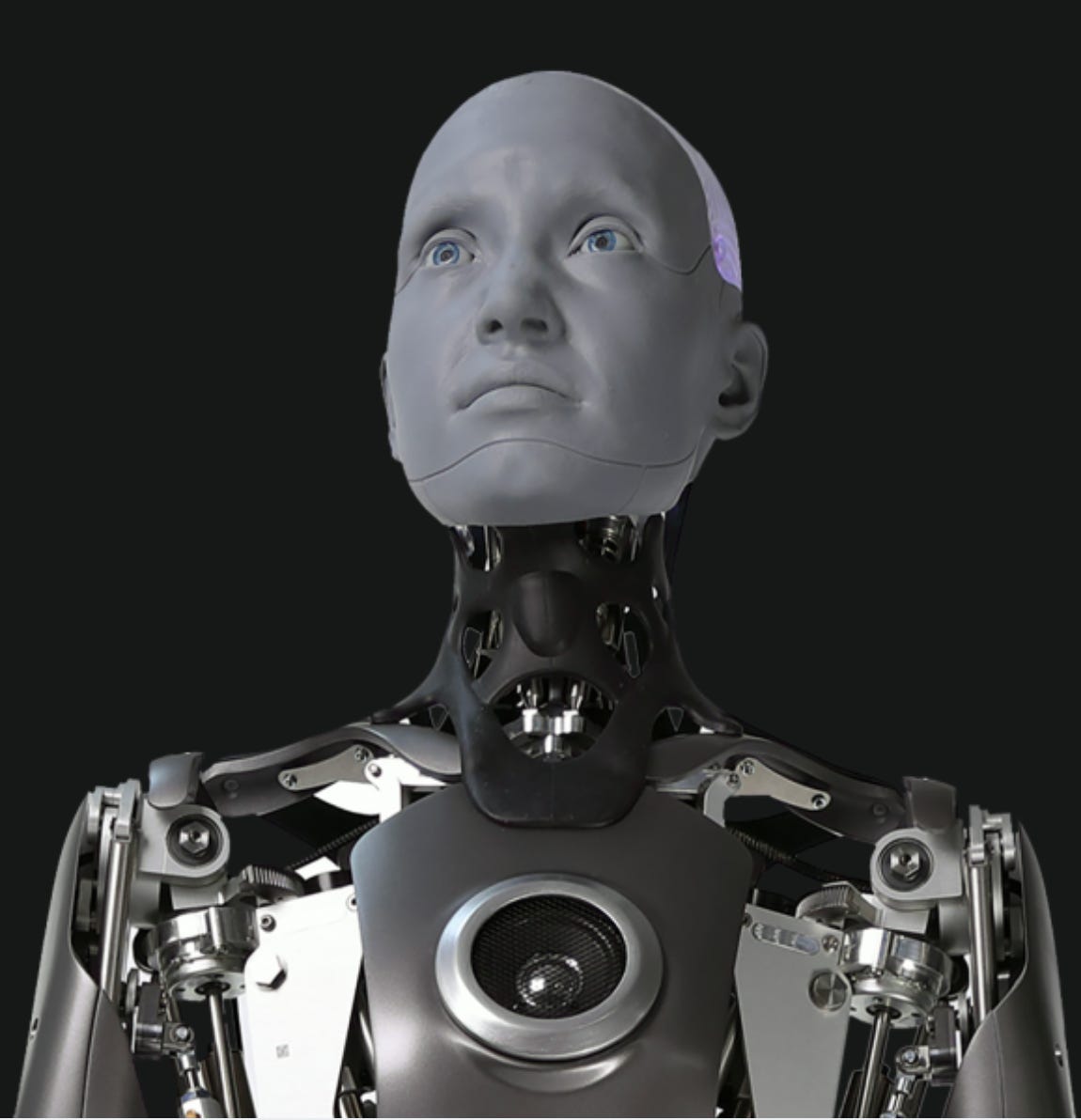
ARMAR-6, from the Karlsruhe Institute of Technology, is designed for industrial assistance, adept at using tools and collaborating with humans in maintenance tasks. Its AI enables learning and assistance-seeking behaviors, showcasing its utility in complex work environments.
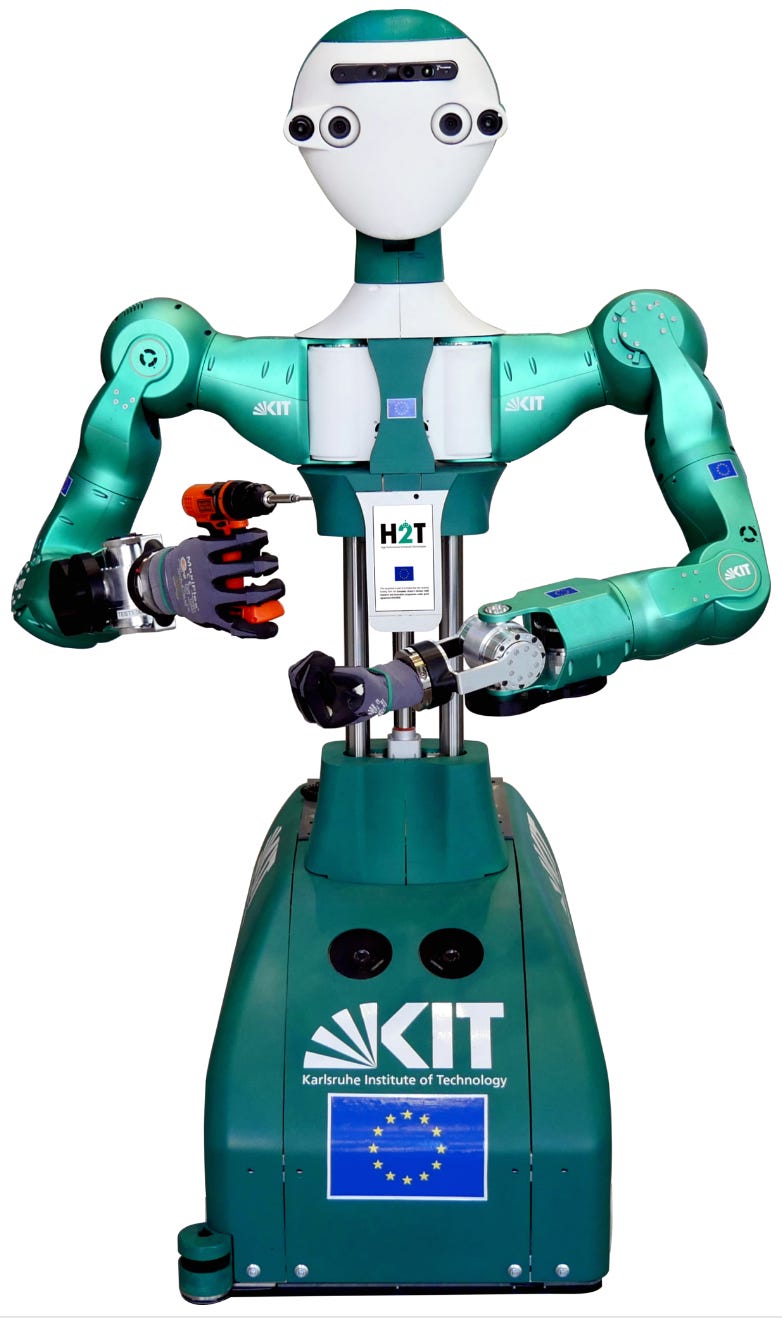
Jiajia, from the University of Science and Technology of China, represents China’s foray into humanoid robotics. Aimed at achieving emotional interactions like crying and laughing, Jiajia’s design was inspired by students from USTC, emphasizing human-like aesthetics.

Surena IV from the University of Tehran exhibits enhanced mobility and dexterity, capable of performing a variety of tasks from writing to using power tools, demonstrating improvements in locomotion and manipulation.

Walker by UBTECH Robotics excels in household tasks with its sophisticated hand-eye coordination and navigation, highlighting the potential of humanoid robots in domestic settings.
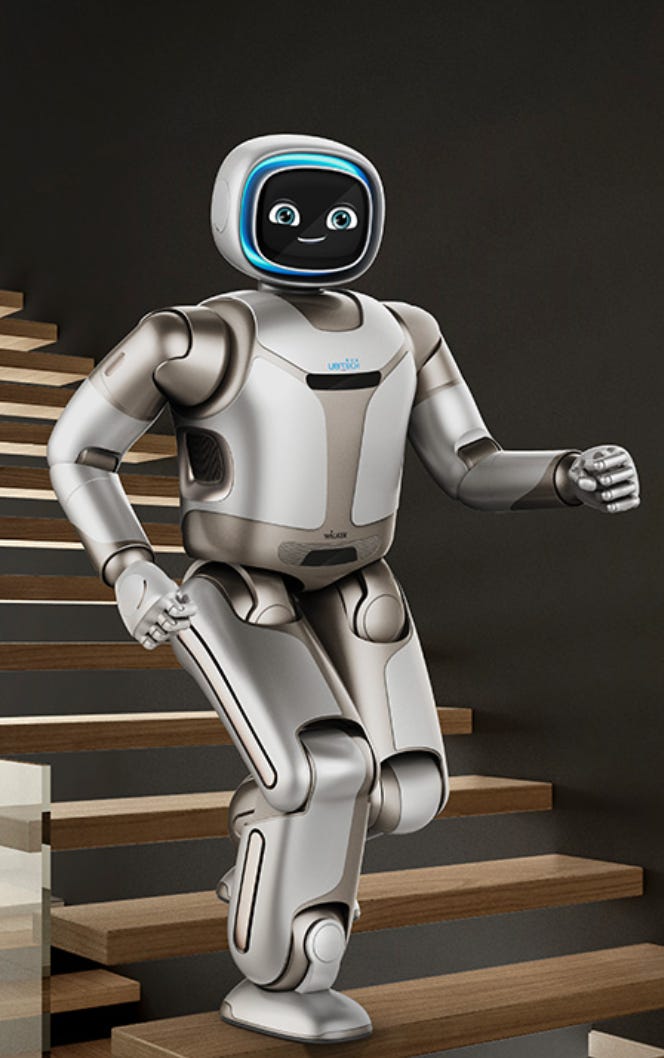
Robonaut 2, a collaboration between NASA and General Motors, assists in space and industrial settings, pioneering the integration of humanoid robots in collaborative tasks alongside humans, inspiring further advancements in robotics technology.
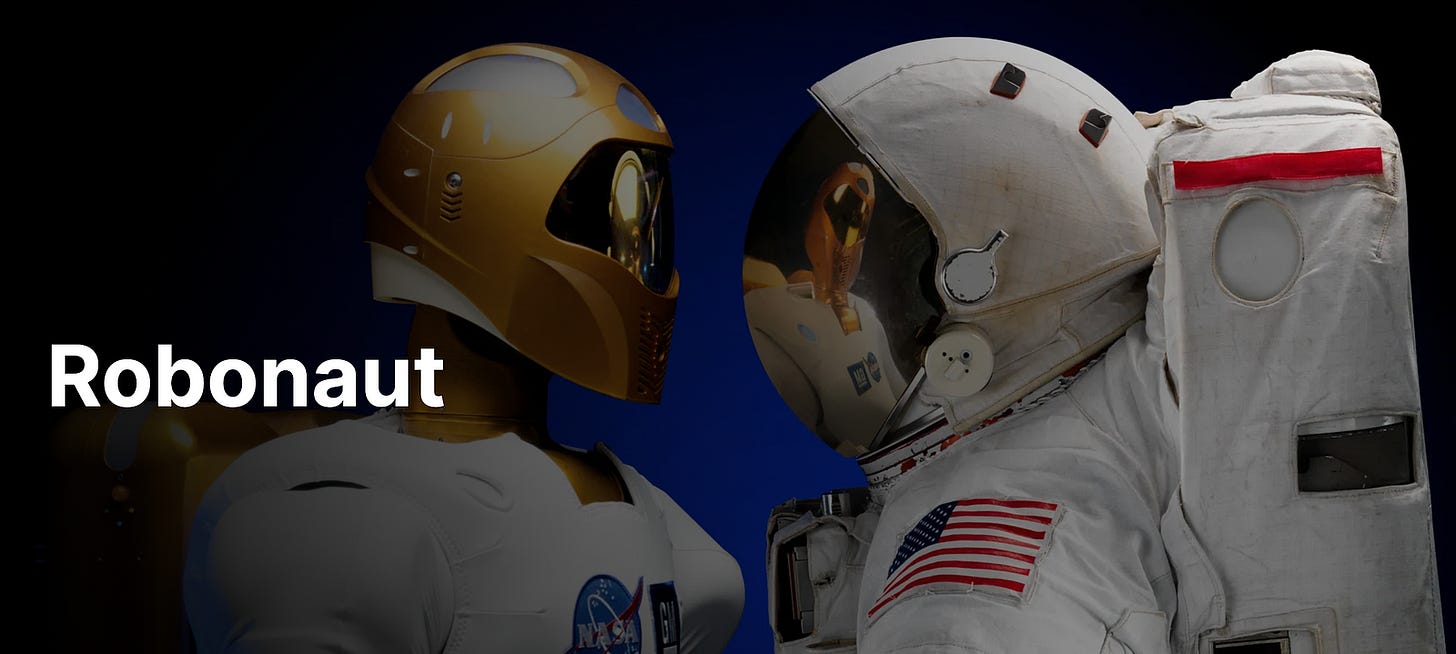
These developments are not just technological feats but are paving the way for robots to integrate into various aspects of daily life, from healthcare and education to customer service and even as companions for older adults and are designed to resemble humans and interact with human environments effectively. The future of humanoid robots holds great promise with advancements in AI capabilities and human-like features driving their integration into various industries like retail, logistics, and security.
Who is paying for this? 💰
Behind these groundbreaking innovations are savvy investors and tech giants betting big on the future of humanoid robots. They invested in several robotics companies, indicating their belief in the sector’s potential and underscoring the financial community’s confidence in the transformative power of these technologies.
Amazon, DCVC, TDK Ventures, Sony , Playground Global— Invested in Agility Robotics
Menlo Ventures, Magna, Verizon, DCVC — Backed Sanctuary.ai
Berch Capital, Capital Factory — Funded Apptronik
OpenAI, Nvidia, Microsoft , Samsung Next, FJ Labs— Invested in Figure AI
Softbank and Alphabet invested in Boston Dynamics before it was acquired by Hyundai
It’s easy to notice that the biggest corporates are also participating in the investments, placing their bets on some of the humanoid robots. It clearly shows the optimistic sentiment and validates the opportunities they see in this market in the years to come.
As hardware and AI continue to “eat the world,” the rise of humanoid robots represents a pivotal chapter in our technological evolution. The main market players, their development efforts, strategic partnerships, and the investors backing them are collectively driving us towards a future where robots could become an integral part of society.
The journey ahead is filled with possibilities, challenges, and the promise of redefining what it means to live in a technologically advanced world.
I'm proud to live in a world where hardware and AI are setting the stage for a transformative era with the emergence of humanoid robots, charting a new course in our technological journey. The concerted efforts of leading innovators, their strategic collaborations, and the visionary investors behind them are steering us towards a future where robots could seamlessly integrate into our daily lives, heralding a time of boundless potential, innovation, and a reimagined existence in a technologically enriched society.




